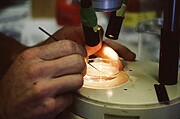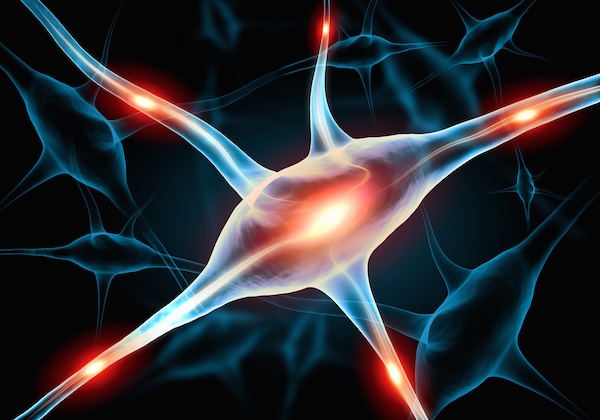
TUESDAY, Jan. 19 (HealthDay News) — Transplanted neurons grown from embryonic stem cells were able to form proper brain connections in newborn mice, U.S. scientists report.
Researchers from Stanford Medical School say their study was the first to show that stem cells can be directed to become specific brain cells and to link correctly in the brain. The findings, they say, could help in efforts to develop new treatments for spinal cord injuries and nervous system diseases such as amyotrophic lateral sclerosis, or ALS, also called Lou Gehrig’s disease.
The researchers focused on brain cells that transmit information from the brain’s cortex. Some of the cortical neurons are responsible for muscle control and are the ones lost or damaged in people with spinal cord injuries and ALS.
“These stem cell-derived neurons can grow nerve fibers between the brain’s cerebral cortex and the spinal cord, so this study confirms the use of stem cells for therapeutic goals,” the research team’s leader, James Weimann, said in a news release from the Society for Neuroscience.
In laboratory dishes, the researchers grew stem cells that were precursors to cortical neurons until the cells displayed many of the characteristics of mature neurons. The new neurons were then transplanted into the cortex of newborn mice, specifically into regions that control vision, touch and movement.
The transplanted neurons grew into the appropriate brain structures and avoided inappropriate areas, the researchers reported.
The study is in the Jan. 20 issue of the Journal of Neuroscience.
The scientists plan further research in adult animals and, eventually, humans.
More information
The ALS Association has more about ALS.

